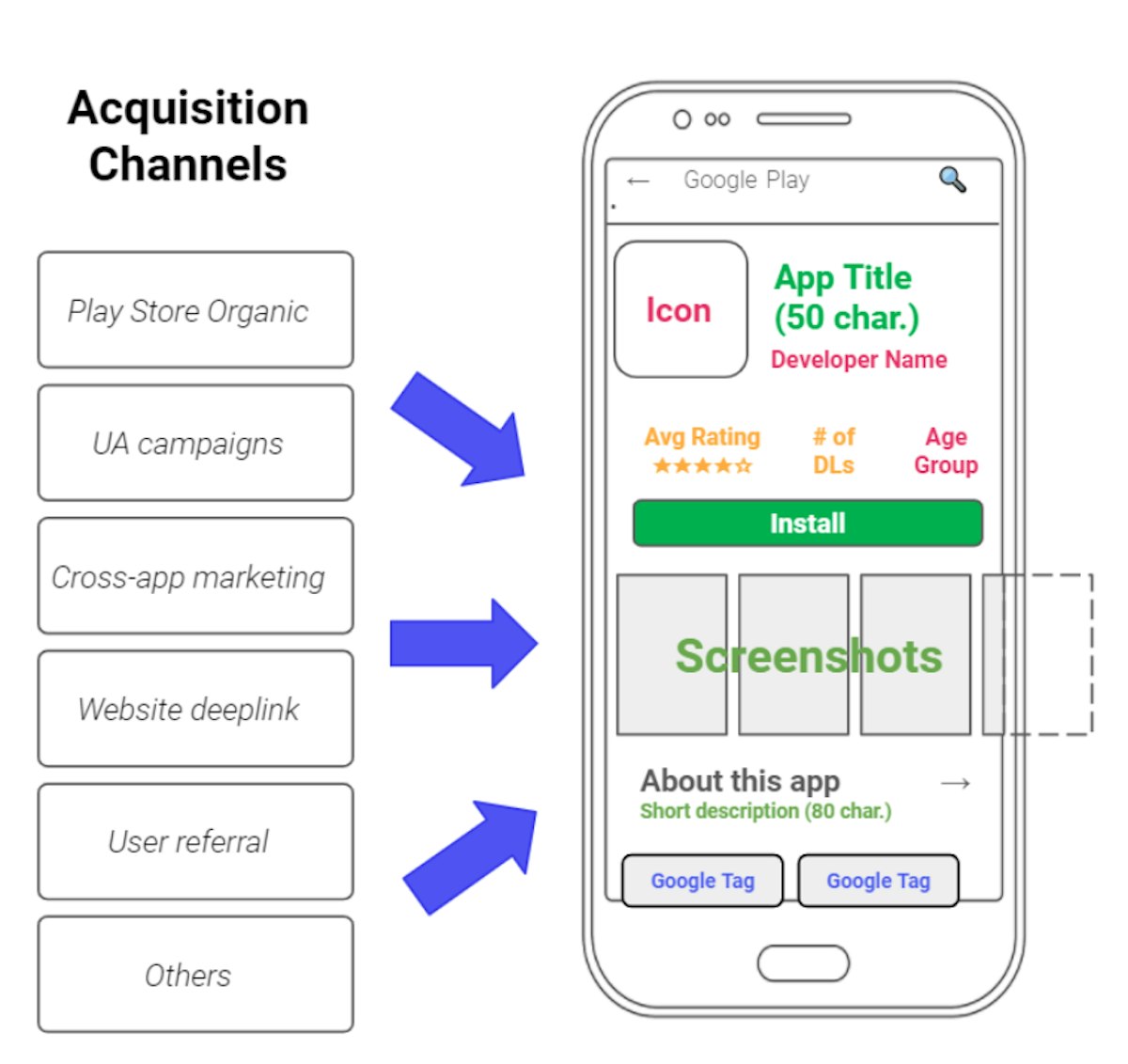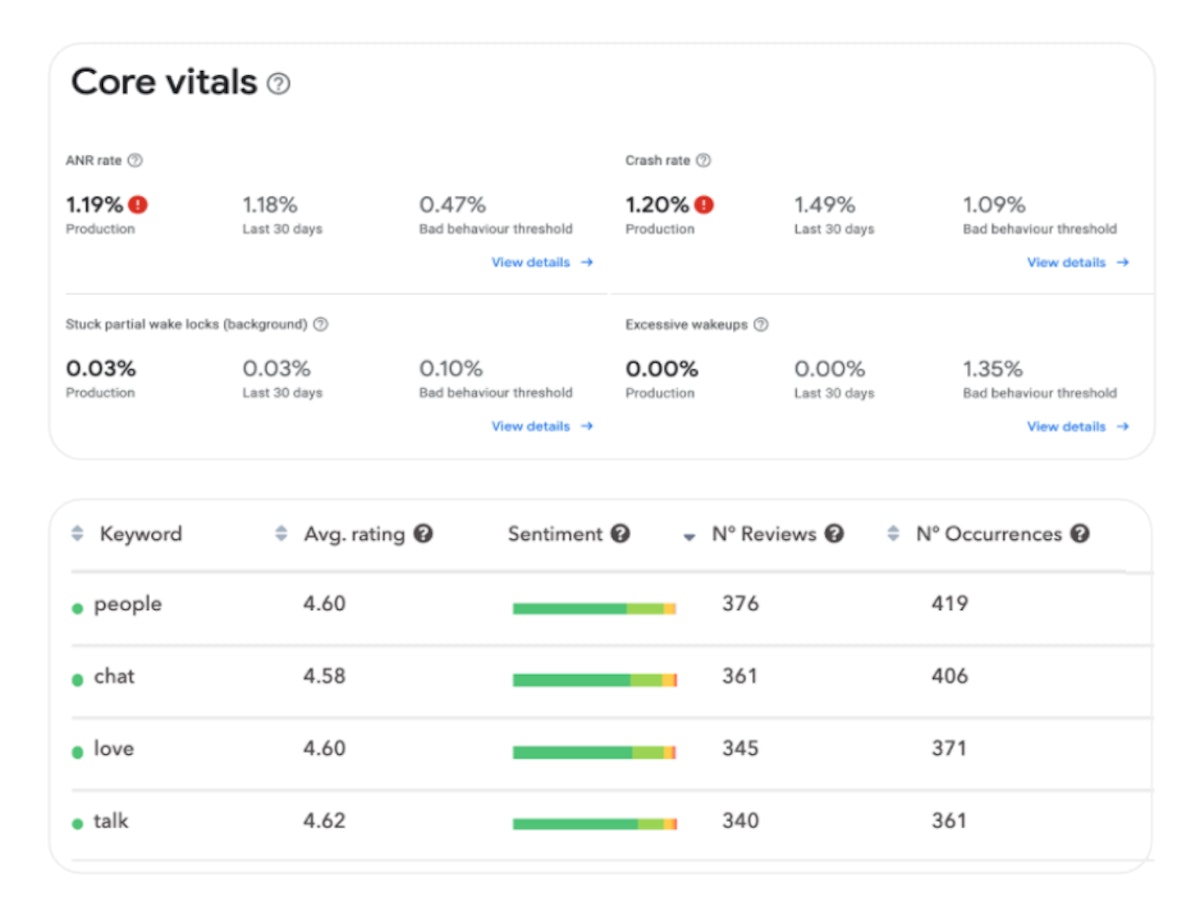
Pitfalls to Avoid During your Mobile App Launch
Mobile app development and management is a tricky space to compete in. The difference between a breakout app and a “simply honest” one can be small, and app marketers have often wondered what went wrong. Changing market trends have forced marketers to find new ways to acquire new installs and retain their user base. As apps try to remain relevant to growing competition, app marketers can learn a lot from mistakes made by competitors and find best practices to follow to avoid surprises.
In our recent webinar, co-hosted by the team at Adjust, we interacted with Kunal Malik from Dash Mobility and Nikhil Luvanath from The Lokal App. We discussed common pitfalls to avoid during an app launch and best practices an app marketer can adopt. Moderated by Simon Thillay, Head of ASO at AppTweak and Monika Solanki, Sales Manager at Adjust, the panel covered the following topics.
Is there an effective strategy to acquire 100k seed users?
While many tactics like providing extra benefits to the top users, connecting with them regularly, click marketing, etc. have worked in the past, there isn’t a proven strategy to acquire the first 100k seed users. Also, the notion of 100k+ seed users does not apply to all apps. An app marketer should set goals based on the app, the benefit it provides and the category it competes in. The panel recommended app marketers to analyse how their app users behaved, continually collect feedback and involve users in creating a better app experience.
From an ASO standpoint, Simon suggests that while the user may be led to the app by various means, researching the customer’s intent to download plays a crucial role in conversions. Before any marketing push or inorganic campaign attempts, app marketers must ensure that their app metadata like app title, icon, subtitle, description, screenshots, etc. are in line with ASO best practices. Any miss here may lead to low or no conversion, as new users would struggle to understand and find the key benefits the app provides.
On the organic front, ASO plays a crucial role in app discovery. Considering the majority of apps are discovered by searching or browsing app stores, leveraging proper ASO to present customers with a clear idea of your app’s benefits is key in acquiring users.
Leverage competitor keywords to drive downloads
Every app tries to leverage popular keywords and find competitors to piggyback on. This is a strategy to employ with caution. Store guidelines will prevent you from using branded terms in your metadata, while at the same time targeting them via paid channels can prove efficient up to a point. This is not always a great strategy.
Instead, a marketer can look at finding generic keywords which bring in installs for the competitor. To choose the right set of keywords, the panel recommends only to choose relevant keywords or keywords that truly describe the benefits or features of your app. An app marketer should avoid using direct company or app names of the competitor in their metadata to prevent violations. A look at the trending keywords and keywords gaining popularity is an excellent strategy to compete in the category.
What are the preferred UA channels for an app launch?
For a marketer to succeed with the app launch, one needs to focus on all UA channels and look at ways to track their performance. Marketers often fall in the trap to look at the Cost per Acquisition or CPA as of the true north metric. However, a better strategy is to look at CPEA (Cost per Effective Acquisition) or the cost to find users who are actually creating value. In the case of shopping apps, wherein the business runs on apps as well as the website, it’s a good idea to look at metrics like Cost per Impression and look at reinstalls and cart Value to find the effectiveness of campaigns. On the other hand, for a shopping app, it becomes vital to retain the user and an excellent metric to optimise channel spend would be the retention rate per channel.

Various acquisition channels used to influence app downloads. While they help in users reaching the app page, the app metadata helps in conversion.
How to combine organic and paid traffic during app launch?
There isn’t anything in the world as exciting as organic traffic for an app marketer. Organic traffic helps in reducing costs and increasing focus on user management. However, apps can only hope to receive as much organic traffic as possible from day 1, but can’t rely on it.
As a result, you have to secure the basics for receiving organic traffic by working on your ASO before launch and aim to kickstart acquisition with paid traffic as you make regular adjustments to find the balance between organic and inorganic traffic over time.
Can app metadata be updated post launch?
An app marketer needs to have done the research and prepared optimised metadata before launch, but it will only serve good until he/she starts getting better signals from inside the store. Changing metadata based on how an app ranks for specific keywords and on the user feedback (including ratings & reviews) is a crucial strategy.

Core vitals of an app helps you take a quick look at app health and track KPIs closely.
However, don’t update too often to avoid confusing algorithms and customers. Over a period of time, an app marketer needs to audit the metadata fields and make changes based on competition, market movements, trends, seasonality, keyword research and much more.
It is also a good idea to keep a close look at quality metrics & bug reports your customers might complain about as your first reviews & ratings will be key for early conversion. Google Play will sanction your app’s visibility if quality metrics exceed a certain threshold. Remember also to leverage positive feedback to adapt your metadata & creatives and build excitement and virality on your customers’ favourite features.
Balance user engagement without overwhelming them
For an app marketer to succeed in engaging the user, one has to ensure that the app benefit advertised or promoted is delivered. Every aspect of the communication must be in sync with what the app provides. To eliminate the possibility of excessive updates and irrelevant messages, communication to the user needs to be specific to their app usage and their interests. Tracking the user journeys during the life cycle of their app install helps in understanding how to tailor communication.
For app marketers to experiment and find the right balance between their push and pull strategy, the need for organic methods like app store optimisation (ASO) and ways to attribute their success to either organic or inorganic means is paramount. We hope this webinar run-down has helped you find answers to some pressing questions.


 Sukanya Sur
Sukanya Sur

 Oriane Ineza
Oriane Ineza

 Micah Motta
Micah Motta
